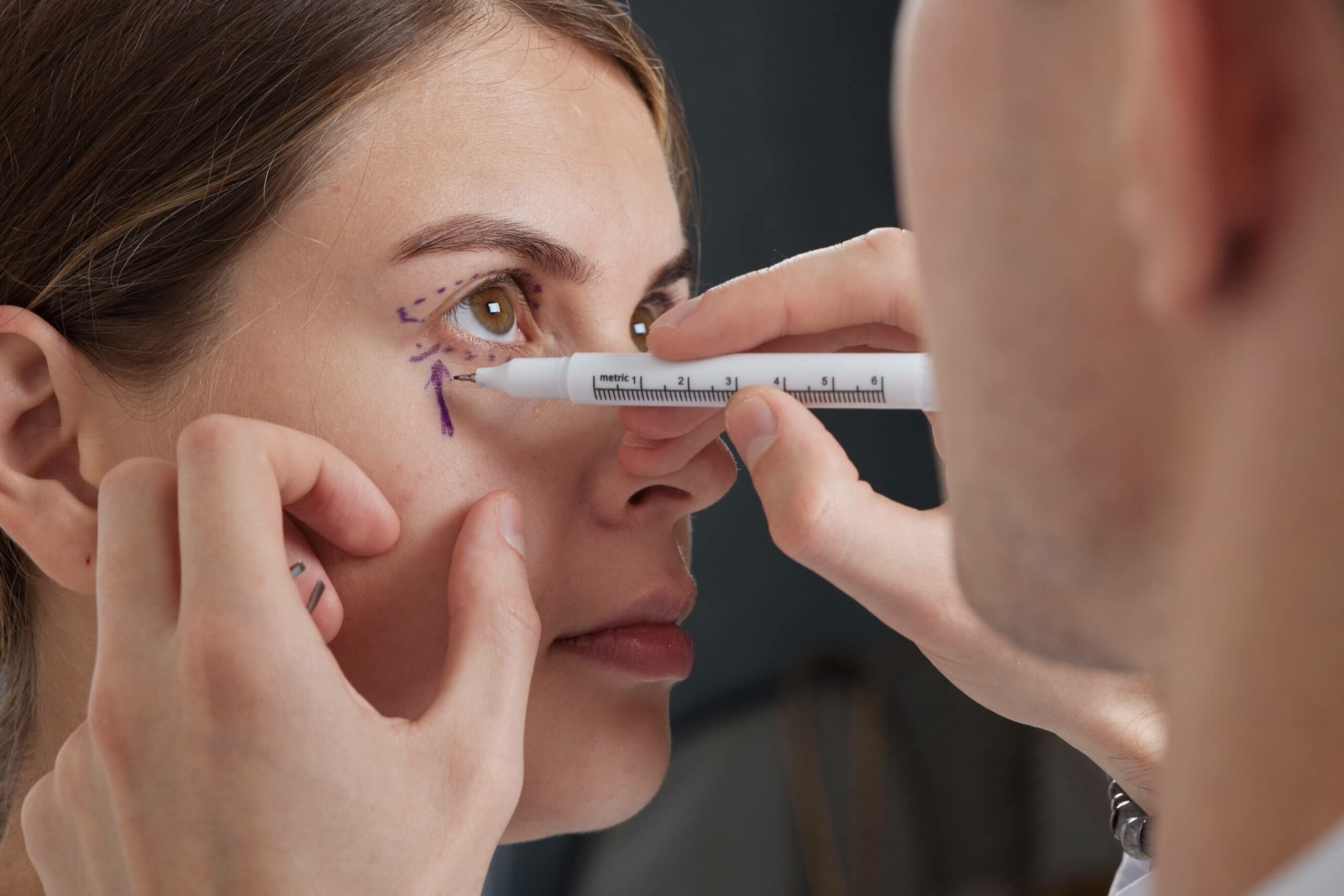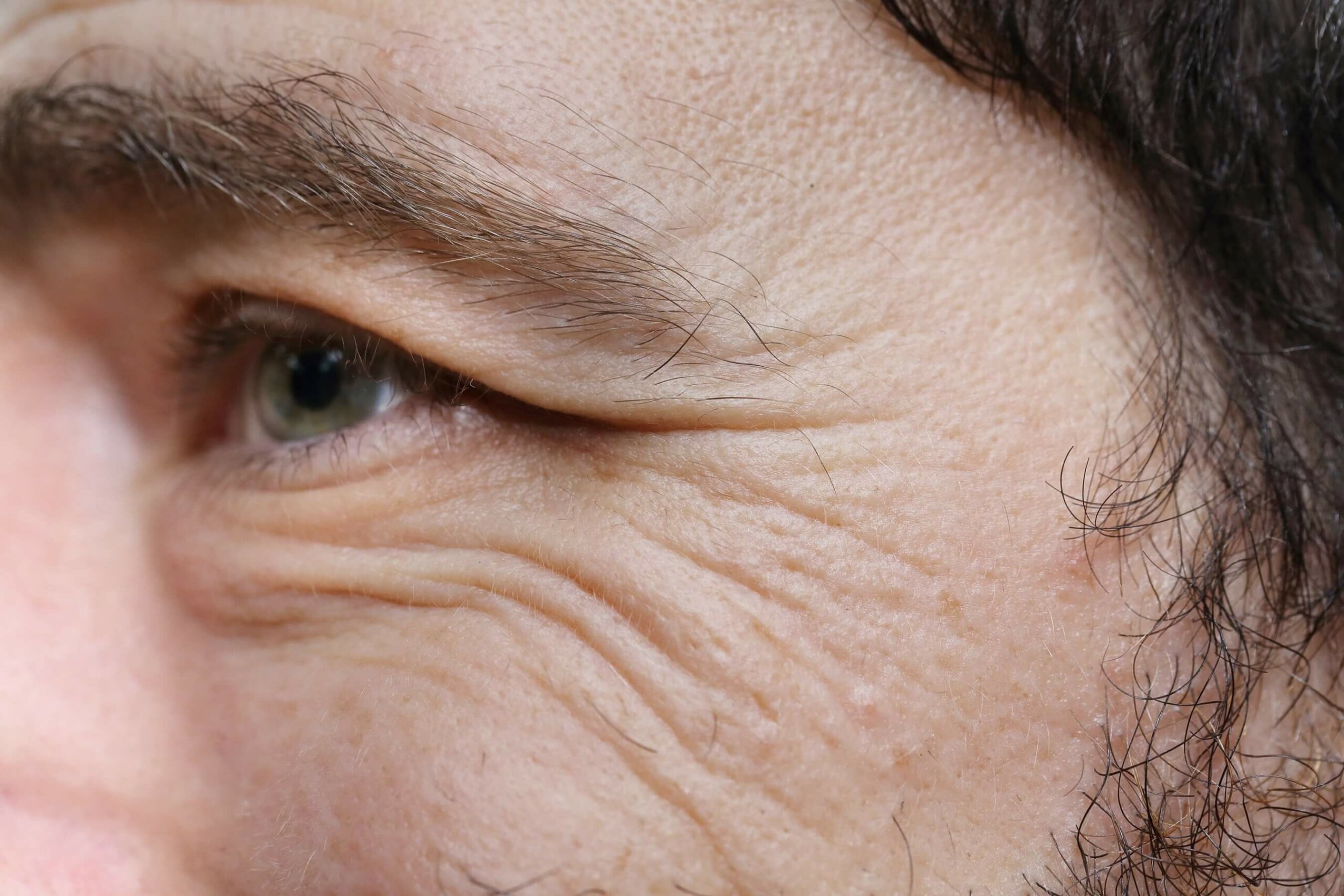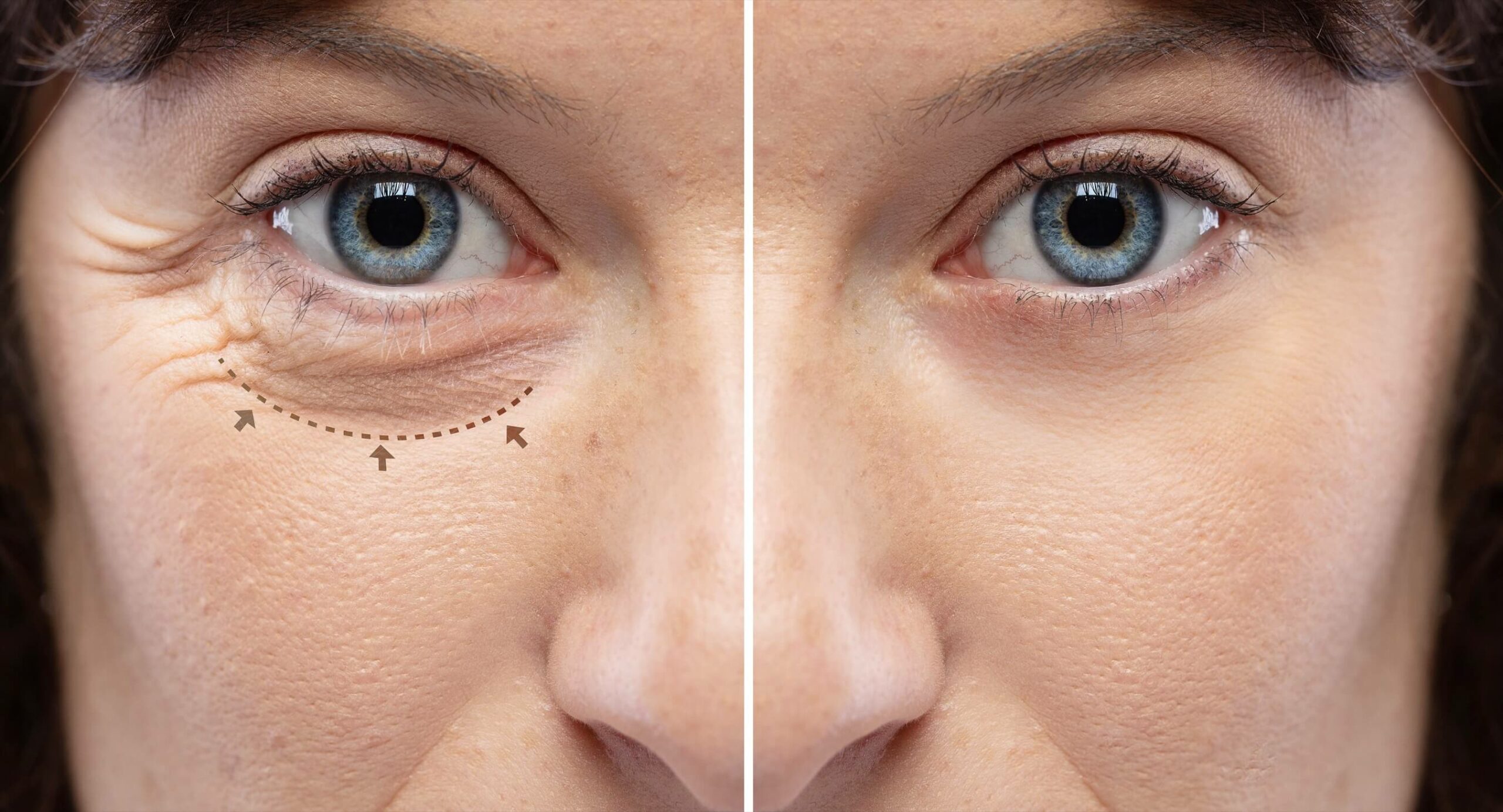Eyelid surgery, or blepharoplasty, can be performed for cosmetic reasons, functional reasons, or a combination of the two.


Blepharoplasty, or eyelid surgery, is often thought of as a solely cosmetic procedure performed for facial rejuvenation. While it is true that tightening the skin of the eyelids can help a person look younger and more refreshed, there are actually functional reasons many patients pursue this procedure. Droopy or saggy eyelid skin, called ptosis or dermatochalasis, can obstruct a person’s field of vision. By addressing the cause of ptosis and removing excess eyelid skin during blepharoplasty surgery, the doctors at Valley Eye Institute can help our patients enjoy an unobstructed field of vision.

A condition known as dermatochalasis is the most common reason for eyelids to appear sagging. The eyelids are not actually sagging but rather there is an excess of skin. The excessive skin makes the eye look saggy and tired. If enough skin begins to overhang the eye then vision may become obstructed. The dermatochalasis is caused by the aging skin because as our skin ages it becomes less tight thus allowing it to hang and drape over eyes.
Ptosis is an eye condition where the eyelid actually droops. The droopiness is much like dermatochalasis as it relates to the aging of the skin. The connection at the eyelid muscle becomes loose or fully detached from the eyelid plate, and a droopy eyelid occurs. The drooping eyelid causes concerns for most people when their vision becomes impaired or it may be more of a cosmetic concern.

In cases where excess, droopy eyelid skin affects a patient’s sight or eye function, the procedure may be deemed medically necessary and covered by insurance.
Surgical treatment options are available for both ptosis and dermatochalasis. Both surgeries require a small incision to be made on the eyelid crease. During surgery for dermatochalasis, the excess skin is simply removed. For ptosis surgery, the incision is made so that it reveals the eyelid plate and eyelid levator muscle tendon. Since the tendon has become detached, the goal of the surgery is to reattach the muscle tendon to the eyelid plate. After the surgery the skin is closed together with a small suture that is barely noticeable.

The first step in preparing for eyelid surgery is to attend an in-depth consultation with an experienced ophthalmologist. During this meeting, you will have the opportunity to discuss your frustrations and your goals, and the surgeon will help you decide on the best treatment plan. Also be sure to discuss any and all medical conditions with your surgeon, including eye problems and medications you use.
Blepharoplasty is performed as an outpatient surgical procedure, often right here at your Valley Eye Institute clinic. To ensure you remain calm and comfortable during the procedure, you will be administered IV sedation and your eyelids will be numbed with local anesthesia.
To begin upper eyelid blepharoplasty, the surgeon makes a small incision in the natural crease of the upper lid, where any scarring will be well-hidden. The muscles of the eyelid are tightened, and any excess skin and fat are removed. If lower blepharoplasty is also being performed, another incision is made beneath the lower eyelids at the lash line and excess fat and skin are removed. To complete the procedure, the incision(s) are closed with sutures and antibiotic ointment is placed on the wounds to help the healing process.
Following eyelid lift surgery, it is normal for patients to experience mild to moderate bruising, discoloration, or swelling. This, and any associated discomfort, can be eased with ice packs or cold compresses and pain medication. For the first night or two after eyelid surgery, many patients find that it is beneficial to sleep in a slightly upright position, as this decreases swelling.
Most of our patients return to work within one week of eyelid surgery. Your surgeon will advise you when you are able to resume normal physical activity.